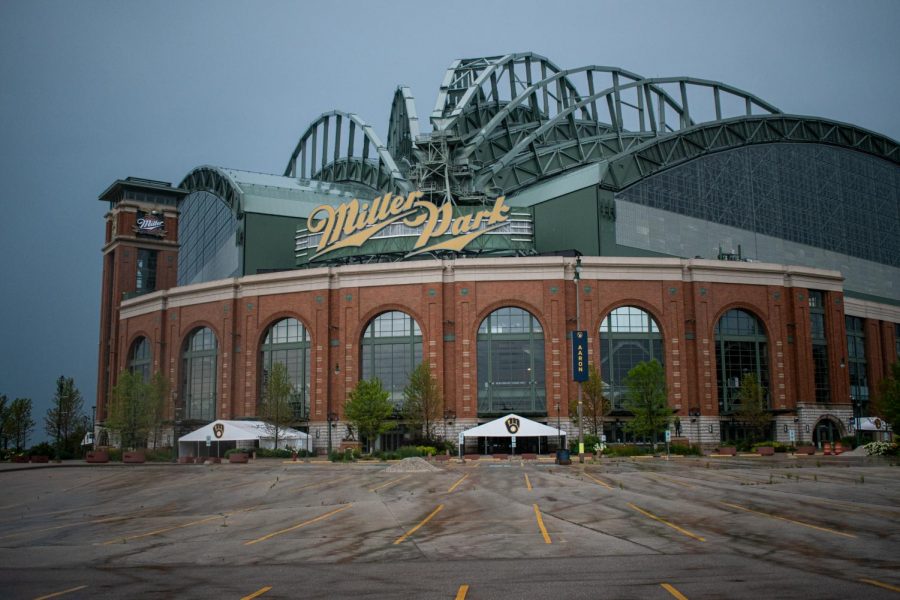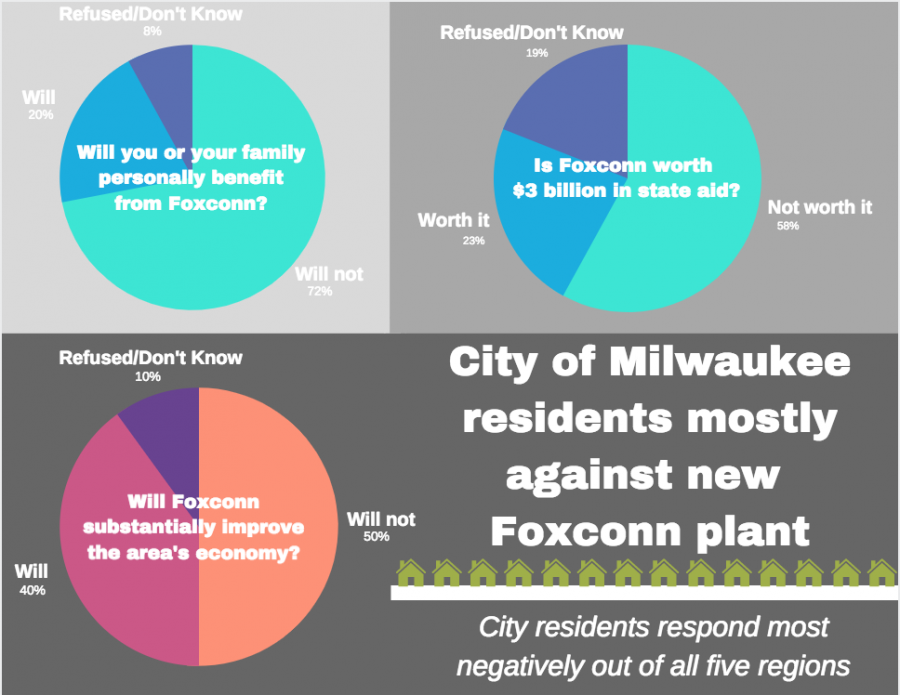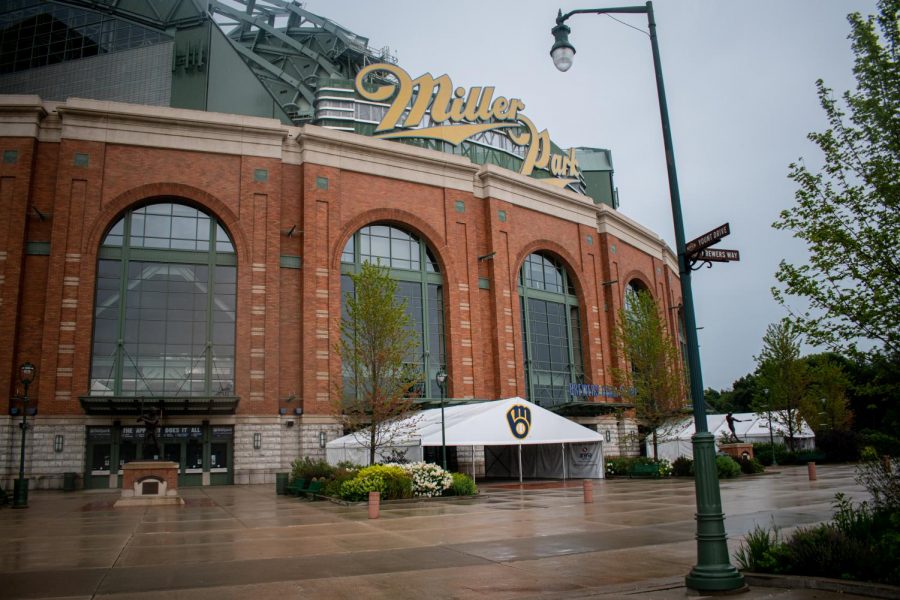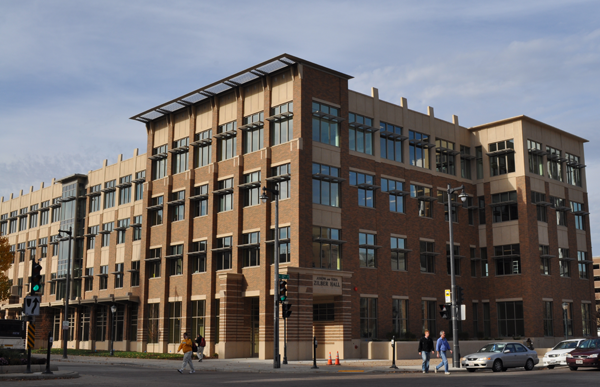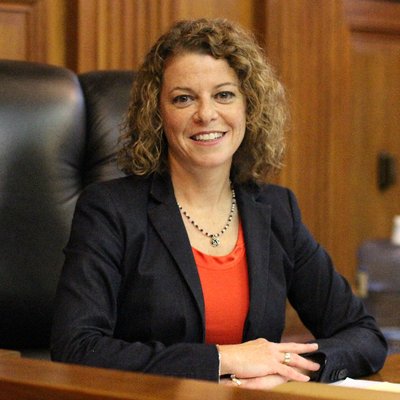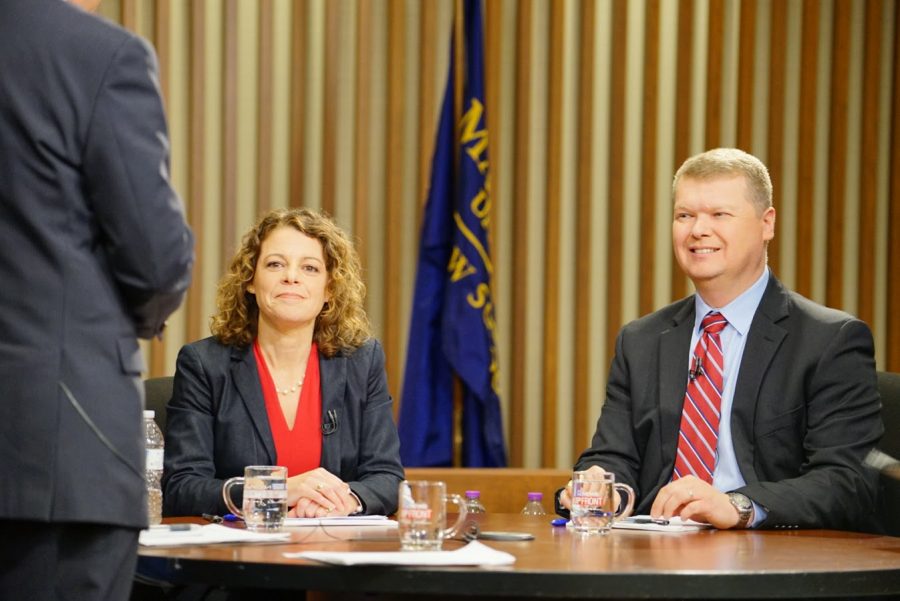Deck: Drop in revenue, economic recession among causes
The final year of the five-county sales tax that helps pay for the Miller Park construction debt may be pushed back to as late as 2018, according to an analysis by Public Financial Management, Inc. for the Southeast Wisconsin Professional Baseball Park District.
The district began collecting the 0.1 percent tax in 1996 as the public’s share of the stadium’s funding. It is levied on purchases made in Milwaukee, Ozaukee, Racine, Washington and Waukesha Counties. The tax constitutes more than 90 percent of the district’s revenue, said Michael Duckett, executive director of SEWPBPD
Brown County has a similar 0.5 percent sales tax that helps pay for the recent renovations at Lambeau Field in Green Bay.
When the sales tax was proposed to the state Legislature in 1995, a government research group determined that enough money would be collected to pay the public’s share of construction sometime between 2014 and 2018 at an assumed revenue growth rate of 5.5 percent per year, he said.
From 1997 to 2002, that rate far exceeded expectations, growing at an average annual rate of 7.9 percent. A state audit bureau, in light of the early success of the tax, optimistically projected the sunset date for the tax would be closer to 2014 than 2018, Duckett said.
The calculus began to change in 2003 when the district saw a 7.57 percent drop in sales tax revenue, according to district numbers.
The economic recession of 2008 further altered the projections of the sales tax retirement. In 2009, analysts saw an “unprecedented decline” of 9.45 percent in sales tax revenue, said David Anderson, PFM’s senior managing consultant, in a letter to Duckett. So far this year, the sales tax revenue has plummeted even further, down 7.39 percent from this time last year.
The annual revenue growth for the tax over the past 13 years has been 2.97 percent, which is more than two percentage points lower than the figure used in past formulas. This is what has led to the change in projected tax retirement, Duckett said.
These projections do not mean the district is going to collect more money than originally forecast in 1995. It will simply take longer to reach that figure, Duckett said.
Though the actual revenue hasn’t kept pace with what was expected, the district is seeing higher returns on its investments than anticipated, which has helped to keep sunset year projections within the window first predicted in 1995. Sunset year projections are estimates of the last year the tax will be enforced.
Duckett said he understands the tax is an “emotional lightning rod” for citizens of the five counties in question. But in the grand scheme of things, the amount of money collected by the district pales in comparison to the $4 billion the state generates with its five percent sales tax.
“We’re a rounding error in the world of state sales tax,” Duckett said.
The economic impact of having a professional baseball team in the city also helps offset the cost to residents, he said. Last season, the Brewers drew 3,037,451 fans to Miller Park, many of whom do not live in the taxed five-county region, Duckett said. The money those people spend at area restaurants, hotels, convenience stores and other businesses goes directly into Milwaukee’s economy, he said.
“I think (the tax) has worked out like we all hoped it would,” Duckett said.


